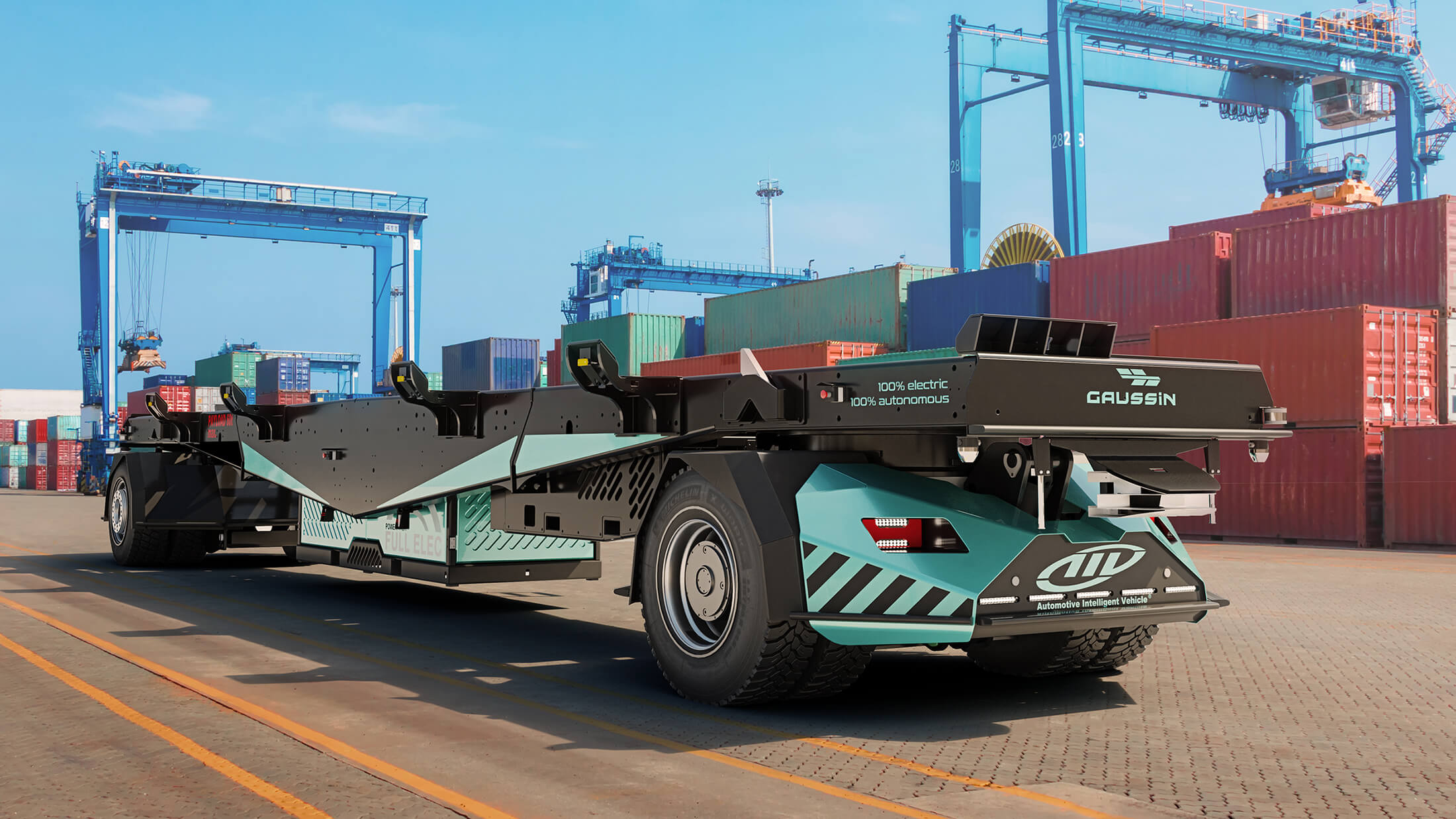Introduction to ATT in Logistics
Automated Terminal Trailers (ATT) have revolutionized logistics by enhancing terminal automation and introducing significant innovations in cargo handling. These automated trailers play a pivotal role in streamlining operations at ports, offering unprecedented levels of efficiency and digital transformation in the movement of goods.
Benefits of Using ATT
The adoption of ATT in logistics operations yields numerous benefits, including significant efficiency improvement, cost reduction, and safety enhancements. By automating routine tasks, ATT systems reduce operational expenses and minimize the risk of accidents, making them a sustainable and smart transport solution for modern logistics challenges.
Key Technologies Behind ATT
Self-driving trailers represent the cutting edge of ATT technology, equipped with real-time monitoring systems and load optimization capabilities. These technologies ensure accurate and efficient cargo handling and movement, facilitated by advanced coordination and automation mechanisms that define the future of logistics.
Challenges and Future Directions
While ATT offers transformative potential, it also faces operational challenges and the need for ongoing digital transformation. Addressing these issues requires a commitment to sustainable transport solutions and the continuous evolution of automation and fleet management practices. The future of ATT in logistics is bright, with ongoing innovations aimed at overcoming current limitations and unlocking new efficiencies.
Comparative Table: Traditional Trailers vs. Automated Terminal Trailers (ATT)
| Feature | Traditional Trailers | Automated Terminal Trailers (ATT) |
|---|---|---|
| Efficiency | Lower | Higher |
| Safety | Manual Operation Risks | Enhanced Safety Features |
| Operational Cost | Higher | Reduced |
| Cargo Handling | Manual | Automated and Optimized |
| Innovation | Limited | High, with Continuous Improvements |

